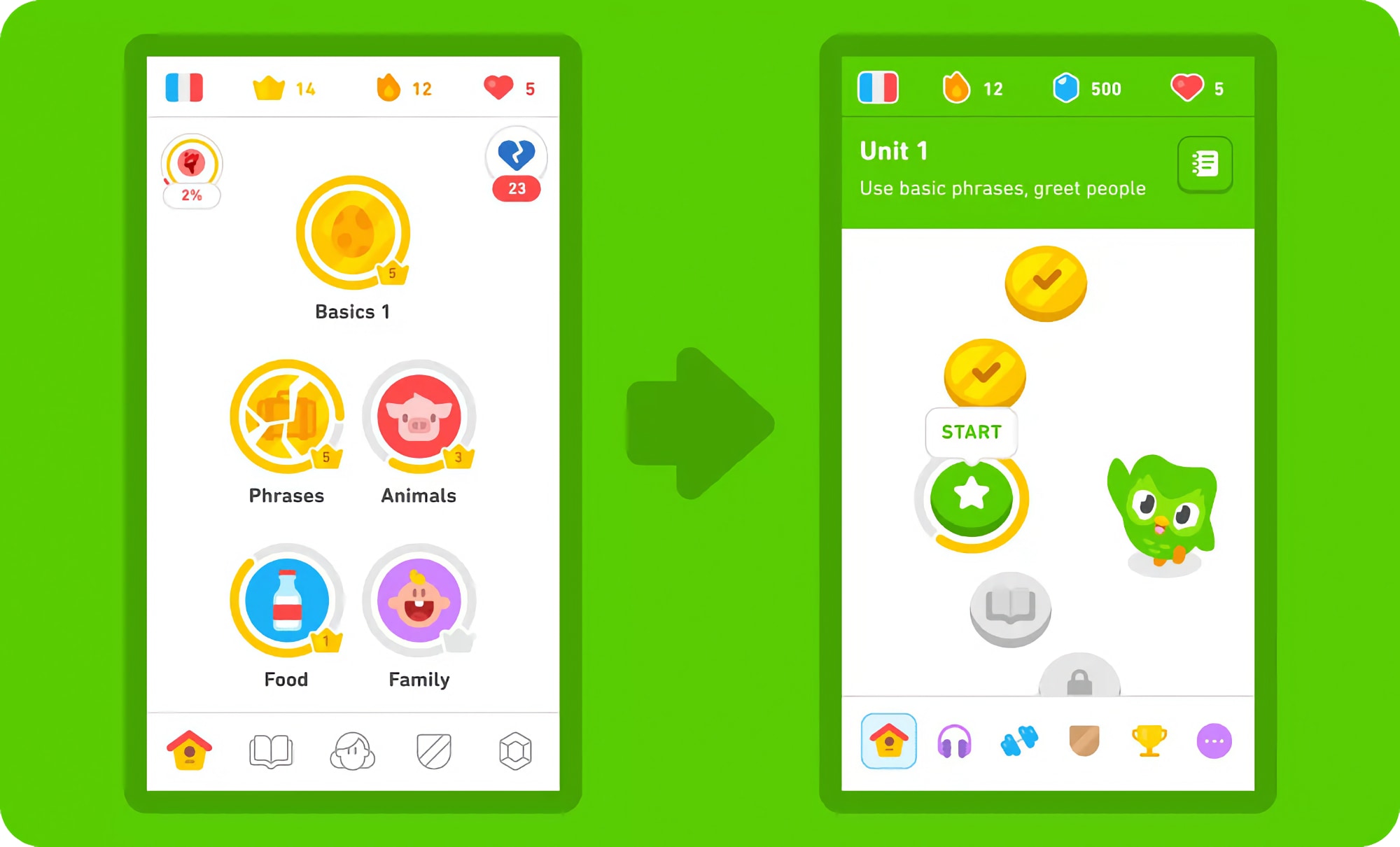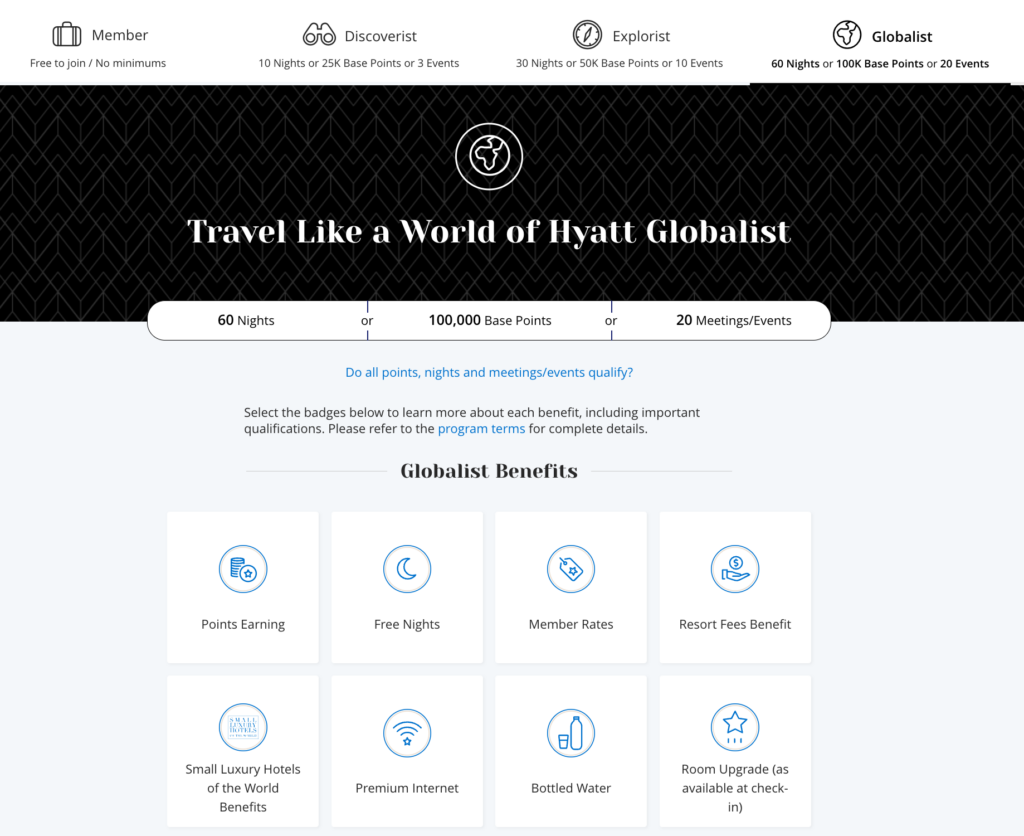
Demystifying Gamification: Five Guiding Principles that Activate Engagement
- Product Definition /
How Play and Purpose can Help People (and Organizations) Solve Problems
While “Gamification” may never rival “Innovation” as the digital industry’s metaphoric top hit-single, it’s quickly climbing Billboard’s Buzzword Top 40. Sure that’s a chart I made up. But in my mind, the Buzzword Top 40 of digital design not only tracks what’s trending, it highlights all those words and phrases that get bandied about, often without any deep understanding of what the language means.
Interestingly, in the case of gamification, meaning is what it’s all about.
Before we get there, let’s first talk about what gamification is not. For one, it’s not a game. And when it comes to business strategy, it’s definitely not a game built for a business purpose. It’s also not a way to motivate people. The idea that gamification is a wand that can magically create motivation is a common misconception. B.J. Fogg, a humble giant in the field of behavior science, frequently points out that technology can’t magically change behavior … but it can be a powerful conduit and influence for behavioral change.
That’s another way of saying: gamification can enable innovation. (No wonder it’s in the Top 40.) But the only way it can do that is if we understand how it works. Only then will we know how to use it to powerful effect.
Designing for Human Behavior
In its simplest definition, gamification is the art of facilitating play.
As human beings, we’re wired for play. Biochemically and physiologically, its benefits include happiness, joy, relaxation, re-creation. When we play, we become more facile. More open. More available to insights and epiphanies. The brain and body work collaboratively, entertaining new perspectives, practicing new skills, subtly building and rebuilding our internal structures. With play, we learn and change.
We also engage.
That, too, is a Buzzword hit-single, so let’s loop back to what gamification is not. Gamification isn’t a silver bullet that can automatically engage your audience. Dr. Fogg makes the case that motivation fluctuates within us all the time. We experience peaks and troughs of motivation throughout the day, week, month, etc. He calls this the motivation wave, and he’s devoted his work at the Stanford Persuasive Technology Lab to studying how to surf it. His findings prove that behavior can be influenced only when the exertion or task required matches a person’s motivation in the moment. Meaning, when motivation is low, the proscribed activity to introduce a new behavior has to be extremely simple. As fluctuations happen and successes mount, motivation increases. As motivation increases, the difficulty of the task can increase to match.
As digital designers, we know that motivation and engagement are subtly intertwined. That deeper level of connection can only happen when we authentically align an experience with our customers’ contextual internal and external needs. When designing for behavior, Fogg lays it out this way:
- Harness the motivation that exists in the moment.
- Guide people in creating new, structured behaviors (help them know how or what to do).
- Focus on baby steps for long-term change. Trust that tiny habits grow naturally (success leads to success). And,
- Be wary of the phrase “motivate behavior change”. Remember: we really can’t effectively motivate anyone. Instead, we can facilitate and enable motivation.
Five Guiding Principles
But how? How do we facilitate and enable motivation? Better, how can a gamified experience help people and companies solve problems? At Emerge, we boil it down to this: experiences influence attitudes, attitudes drive behaviors, behaviors create more experiences, and together, they produce results. This is why a client’s overarching business strategy is as important to us as the contextual needs and desires of that client’s customers. They must work together to drive human-centered design.
When the following five principles are understood and fused with human-centered design, something cool happens: the digital platform, which supports an intuitive user experience that’s infused with smartly deployed game mechanics, gains the power to not only help people increase their capability to do progressively harder things, it also has the power to enable people (or companies) to achieve their goals.
Here are the five guiding principles that help make that happen.
1. Purpose | Epic Meaning
The likelihood of engagement is measurably increased when users know they’re working to achieve something great, something meaningful, something bigger than themselves. Don’t be afraid to champion epic meaning that aligns with your brand and authentically aligns with your customers’ contextual needs.
2. Context | Progression | Transparency
Like any good map, a transparent context allows users to know exactly where they stand — in this case, where they are in relation to metrics that matter to the brand, customer, client, and/or user. Progress can be shown in real time or historically. Successes can be granularly displayed and measured through the process of completing motivationally appropriate tasks. Users can progress individually or as part a team. Team-based metrics and leaderboards can be used to show overall rankings.
3. Feedback
Encourage users to continue, or enable them to adjust their activities and performance, based on immediate, real-time feedback. Utilize onscreen notifications, text messages, or emails. Congratulate users for reaching goals, then queue-up / encourage the next milestone of the journey. Hints, teasers, and secrets can pique curiosity and increase attention and persuasion.
4. Chunking | Progressive Onboarding
Users are more likely to take action when complex activities are broken into smaller, more manageable tasks. Chunking creates low barriers for success, which has a positive effect on motivation. In the same vein, intuitive games teach by doing, allowing users to learn how to play while actively playing the game. Simple missions help new users become engaged immediately as they master basic tasks.
5. Reward | Status
Letting players advance level to level encourages progression within the experience and becomes an indication of long-term or sustained achievement. Unlock new missions, badges, activities, and rewards as users advance. (Even a witty, well-placed Easter Egg can add word-of-mouth buzz, while bumping up exploration and delight.)
How Gamification Drives Digital Product Growth
Implementing these gamification principles can lead to impressive business results – the types of metrics digital leaders care about most. One of our clients, a global consumer app, saw a 23% increase in user session depth, 16% growth in retention rate, and 12% more referral sign-ups after rolling out a gamified loyalty program. The key is tying gamification directly to crucial digital KPIs like lifetime value, stickiness, and referral rates.
For example, ecommerce apps can connect points and status to higher customer spend and order frequency. Media apps can link content unlocks to daily engagement and lowered churn. By modeling expected revenue lift from improved metrics, leaders can build a solid business case for gamification investment.
Start Small, Test and Iterate
The good news is that products can start small with gamification. Try a simple points or badging feature focused on one key behavior, integrated with existing analytics. Look for quick wins like more shares, posts, or logins without major upfront software overhaul. Allow for rapid iteration based on user data and feedback. Over time, scale up gamification features that show the highest ROI.
Get Under the Hood on Motivation
To build long-term user motivation, leaders should get under the hood of behavioral psychology. Why do points and statuses tap into our innate needs? What types of tasks become habit-forming? How can smart interface cues direct behaviors? Understanding these drivers allows product teams to design the most effective motivational systems. Minor tweaks can have outsized impact when grounded in science.

Gamification In Action: Specific Tactics to Motivate Users
While the guiding principles of gamification provide the foundation, let’s get specific on some of the mechanics leaders can implement to operationalize engagement and motivation.
- Badges for Achievement
Design visual badges as incentives for users who complete target behaviors. For example, an online learning platform might award badges when users finish courses in the catalog, actively engage in discussion forums, or hit particular practice goal streaks. Badges work well for both one-time behaviors and repeated habits. - Tiered Levels
Create member levels that group users by experience, status, or performance over time. Ridesharing apps often have Gold and Platinum tiers based on lifetime trips completed, unlocking special member rewards and public recognition. Higher levels motivate users to stay active. - Timed Challenges
Issue timed challenges to spur focused bursts of target activity across your user base. Consider a photography app that challenges users to post a Picture-of-the-Day for 7 straight days, rewarding bonus photo prints, filters, or storage. Challenges bring fun to even habitual behaviors. - Public Leaderboards
Tap into users’ innate competitiveness with public leaderboards that rank key metrics. Fitness apps often display top step-count achievers over different time frames, letting users benchmark against peers. Celebrate top achievers while still encouraging those progressing slower. - Multi-Step Progression Pathways
Plot progress on long-term user journeys, mapping out pathways with milestones. For example, a streaming platform could design multi-genre editorial content branches to help users progressively discover new areas matching their tastes. Gate your best value behind deeper progression. - Social Motivators
Leverage friends, connections, and influencers as motivation. Let users know when peers have achieved badges, completed challenges, or leveled up. Imagine if a digital wallet highlighted friends’ and experts’ savvy purchases. Social nods drive aspiration.
Ideally these spark thoughts on specific gamification features to drive your key product metrics and strategic goals. Try several in small tests, determine impact with data, and scale what demonstrates the highest customer motivation.
Driving B2B SaaS Engagement with Gamification
While gamification gained traction in consumer apps and services initially, its applications for B2B software are equally compelling – maybe more so.
The nature of enterprise software lends itself perfectly to gaming mechanics. Whether encouraging software trial signups, driving adoption of newest features, or achieving customer renewal targets, B2B has concrete metrics that can be rallied through motivation design.
Gamified marketing campaigns increase inquiry conversions by 5x or more. Value realization comes quicker via challenges teaching expanded platform usage. Support costs lower through users earning credentials helping peers. And virality skyrockets by granting status for referrals.
But gamification must align carefully with function to avoid seeming gimmicky. SaaS user motivation comes from progress in capability and performance. So gameplay should facilitate skill-building – through mastery, problem solving, and group tasks that advance careers or business results. The play then produces powerful real-world outcomes.
Guiding Behavior Towards Business Goals
Gamification’s principles of clear goals, instant feedback, and structured incentives have power beyond entertainment. Applied well in business contexts, they can shape customer and user behavior in directions that directly support company objectives.
For example, a B2B software firm might set a goal of increasing user sharing of advanced platform features with colleagues. They build a simple point system where users earn status, unlocking privileges when they successfully refer others. By defining a metric-driven challenge, applying motivation techniques, and enabling progression pathways, the company sees viral growth effects.
Or imagine a retailer needs more high-quality customer reviews and visual content to drive social proof. They gamify the experience by implementing quests for different purchase categories, sending prompts for ratings after delivery. Reviews determine reviewer “levels” that unlock affiliation perks. By guiding behavior through challenge design, reviewers stay engaged while benefiting other customers.
In both cases, gamification principles supported the businesses’ strategic needs—via user activities aligned day-to-day with corporate aims. Well-executed gamification directs energies without feeling burdensome, as progression stays rooted in intrinsic human drives.
A well-known example of this is hotel chain loyalty programs, which provide benefits to guests as they unlock new levels. Hyatt’s “World of Hyatt” program allows guests to unlock three tiers, each with its own set of benefits. Encouraging more hotel stays through gamified loyalty programs aligns business goals with traveler aspirations, creating a win-win scenario. By incentivizing and rewarding guests for continued patronage, businesses enhance customer retention and brand loyalty. Simultaneously, travelers benefit from an improved guest experience, enjoying exclusive perks as they progress through loyalty tiers.

This mutual alignment fosters a positive feedback loop, where businesses thrive by meeting strategic objectives, and travelers feel increasingly satisfied, fueling repeat engagements. In essence, the synergy between gamification-driven loyalty programs and shared business-traveler goals establishes a harmonious and advantageous partnership.
Gamification Myths and Realities
Some common yet mistaken beliefs hold back many digital leaders from embracing gamification. Let’s debunk the top myths:
Myth: Gamification is just superficial badges and points
Reality: Badges and points simply publicly display what gamification really rewards – meaningful user behaviors tied to business objectives. The surface layer motivates deeper engagement.
Myth: Our product isn’t a game, gamification won’t work
Reality: Gamification isn’t about making non-game apps into games. It’s about understanding user psychology – principles like progression, social approval, and mastery – that can motivate behaviors in any digital product.
Myth: Users will see through superficial gamification
Reality: When done right, gamification aligns with user goals and seems natural, not bolted on. And behavioral research shows that points and ratings tap into innate human drives for achievement and purpose.
Myth: Motivated users aren’t sustainable long-term
Reality: Gamification builds habits and skills gradually through escalating challenges. Early extrinsic rewards evolve into intrinsic motivation and purposeful commitment.
The key is focusing gamification on motivating customer-centric behaviors that advance business results rather than shallow metrics. Study the human motivation techniques that the top game designers perfect. Gamification takes work to sustain, but pays exponential dividends.
Action Plan: Get Started with Gamification
Hopefully the connection between human motivation and product growth is now clear. As a leader, what initial moves will enable your team to harness gamification’s potential?
First, align on business objectives, identifying 1-2 user behaviors that still need motivation. What micro-conversions or engagement habits will have outsized impact if increased?
Next, survey your product’s existing game mechanics, if any. Do you already apply some gamification principles even unconsciously? Can existing features be extended? Identify gaps in tapping motivation.
Then start brainstorming specific gamified features with your product and design teams. How might you implement badges, challenges, tiered levels, or social comparison in your experience? Sketch concepts that incentivize your key behaviors.
Prioritize testing 1-2 features quickly at small scale. Implement a basic version, ideally with existing tech infrastructure. Measure impact on target metrics over a set period before assessing performance and iterating.
Use the initial results to build buy-in and get stakeholder endorsement for additional gamification work. Demonstrate the business case through data and user reactions. Expand tests over time.
Gamification works when built systematically on understanding motivation. With a strategic foundation and testing mindset, any digital product can unlock its benefits. Use these action steps to get started on the path today. Your customers and company will both win.